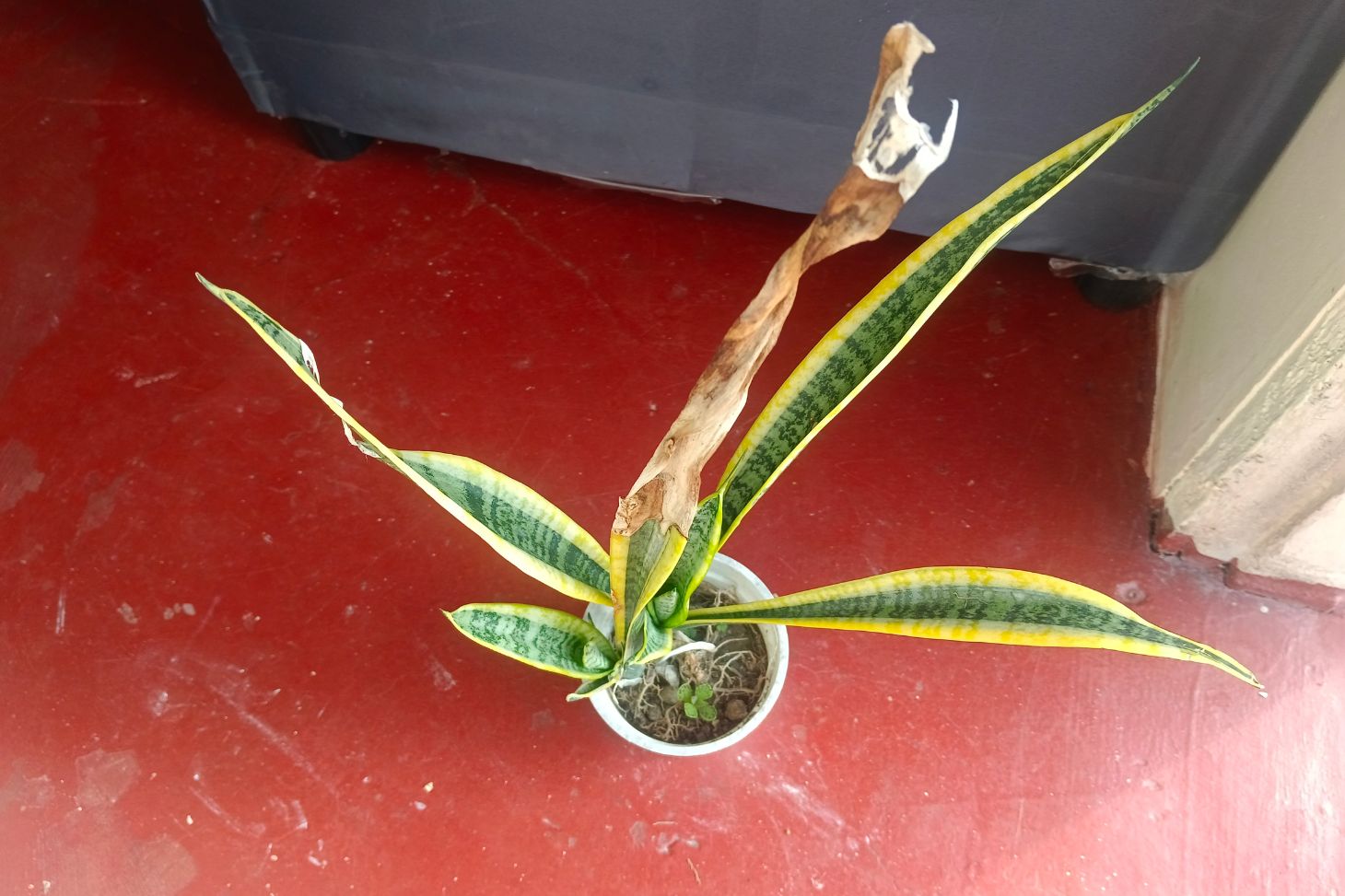Succulent Sunburn Prevention
Succulents are tough plants, but too much sun can hurt them. If you have seen pale, burned spots or crispy leaves on your plants, you are not alone. Protecting your succulents from sunburn is the key to keeping them healthy and looking their best.
Your succulents may love bright light, but they still need shade and careful placement, especially during the hottest part of the day. Knowing how much sun your plants can handle helps stop sunburn before it starts.
Key Takeaways
- Succulents can get sunburned if exposed to too much sun.
- Use shade and smart watering to protect at-risk plants.
- Watch for warning signs and adjust care for healthier succulents.
Understanding Succulent Sunburn
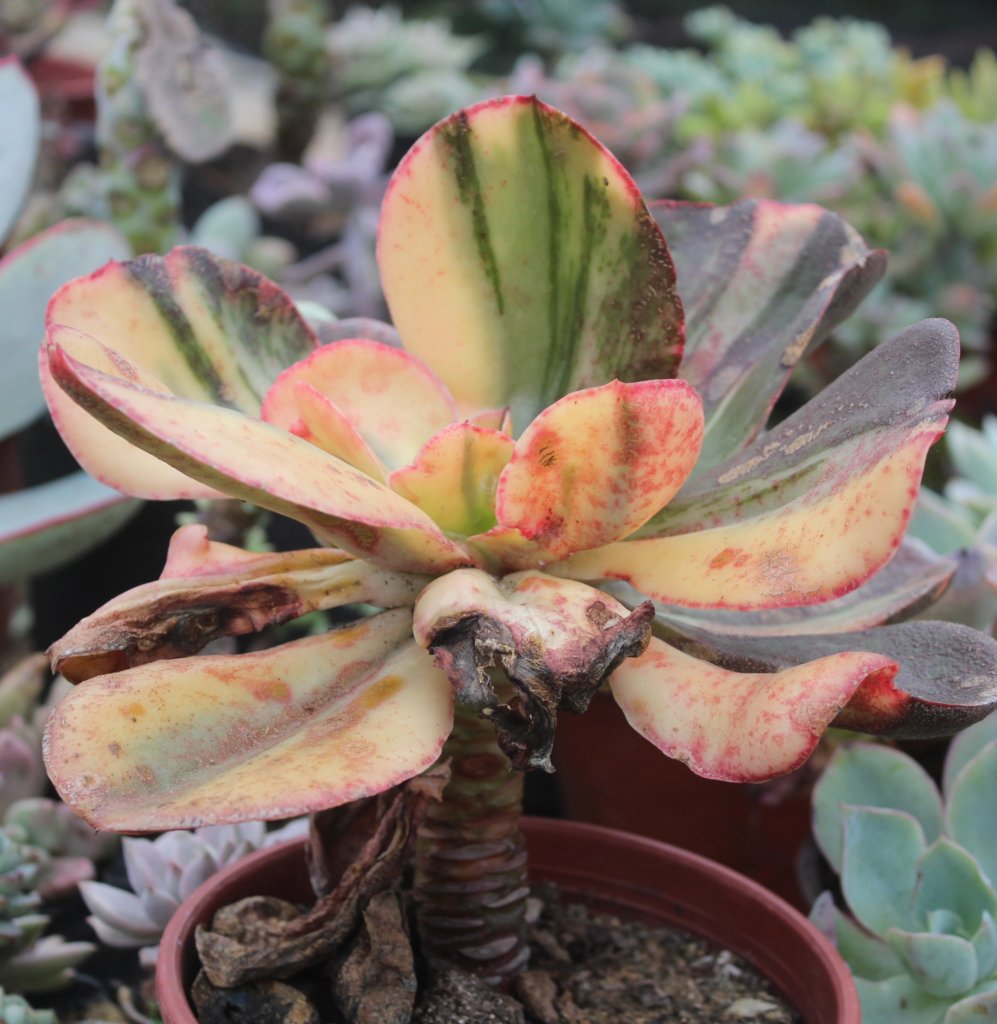
Succulent sunburn happens when your plants get too much direct sunlight. This can damage their leaves, change their appearance, and put their health at risk. Knowing the main causes, how to spot sunburn, and the most common symptoms helps you protect your succulents from harm.
What Causes Succulent Sunburn
Succulents naturally grow in sunny, dry areas, but even they have limits to how much sun they can handle. Most sunburn happens when succulents are suddenly exposed to very bright sunlight, especially after being kept indoors or in the shade.
Sunburn can also occur when the temperature is high and the air is dry, making the sunlight stronger and more damaging. Reflective surfaces, like glass or light walls, can increase light intensity. Long exposure to direct afternoon sun usually causes more problems than morning sun.
Moving a succulent from shade to full sun too quickly is one of the biggest risks. Newly bought or repotted plants are especially sensitive and need time to adjust. Using shade cloth or gradually increasing their sun exposure helps prevent sunburn.
Identifying Sunburned Succulents
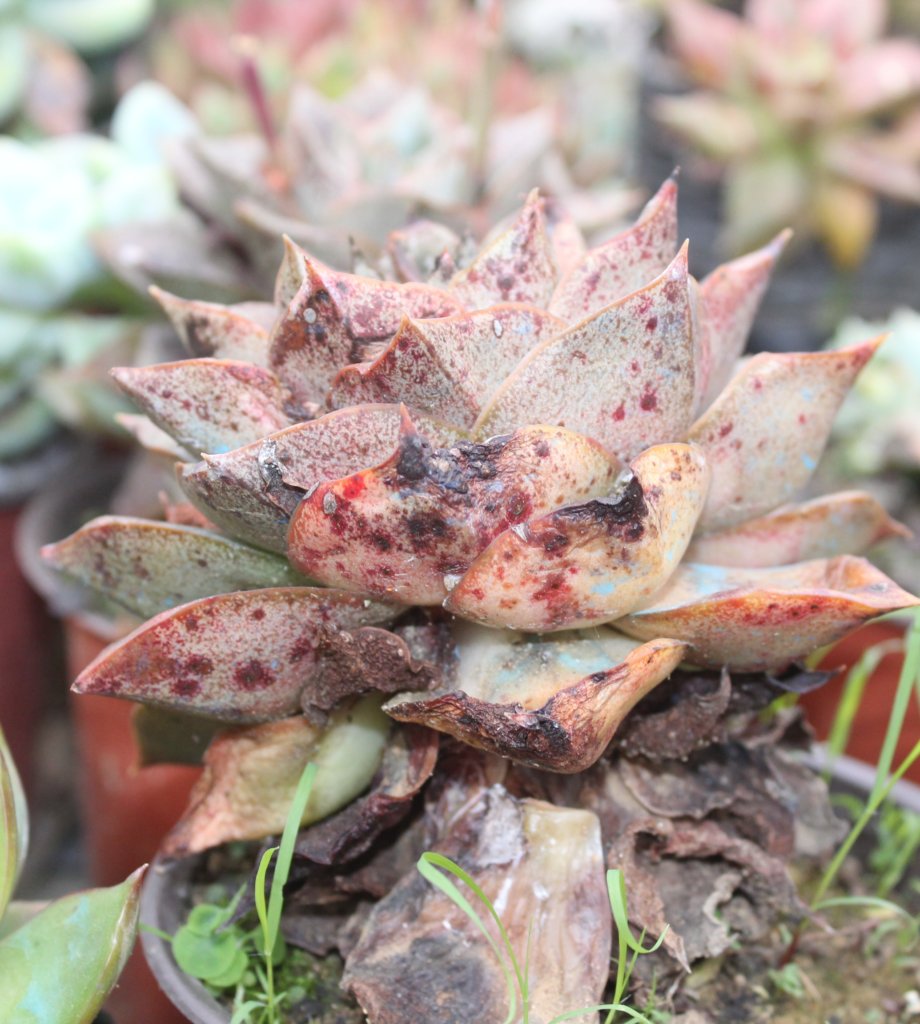
Spotting sunburn on succulents early can help you take action before major damage occurs. The first signs often appear on the uppermost or outermost leaves that get the most sun. You may notice leaves changing color, especially to lighter green or bleaching to yellow or white.
Visual changes are usually most noticeable on the side facing the sun. Minor sunburn may only affect a few spots, but more severe burns can spread across larger parts of the plant. If you shake the leaves gently, they might feel dry or more brittle than usual.
Sometimes, the sunburned spots turn crispy or thin. In severe cases, the damage may become permanent, and affected leaves might not recover. Pay close attention to how your succulent’s appearance changes after longer sun exposure.
Common Symptoms of Sun Damage
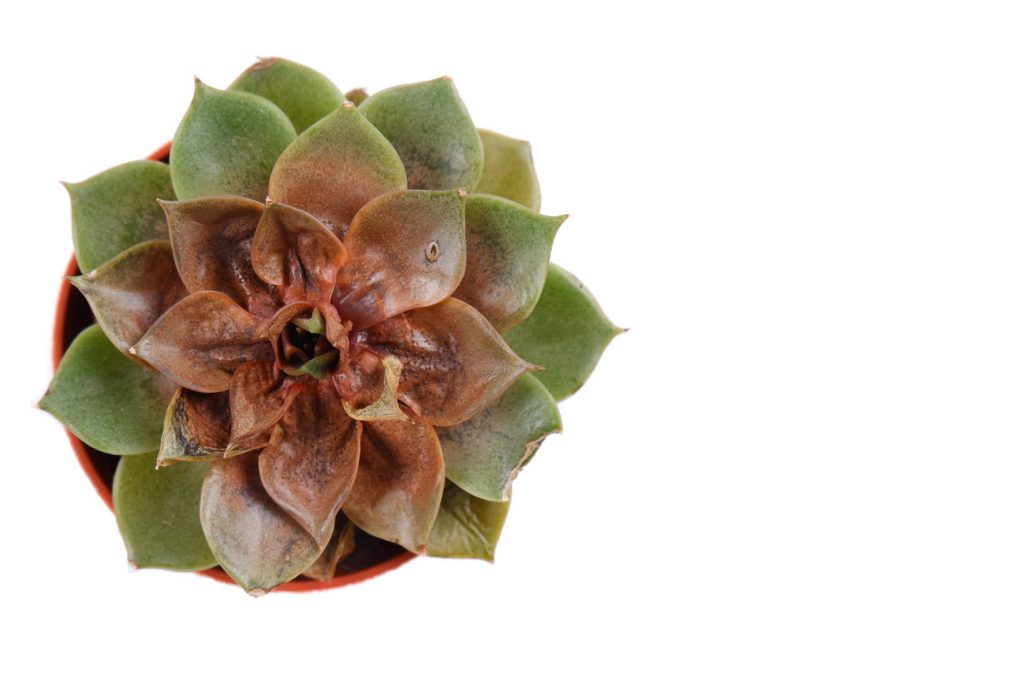
Some key symptoms of succulent sunburn are:
- Discoloration: Leaves may develop white, yellow, or brown patches.
- Texture changes: Sunburned leaves often feel dry, stiff, or crispy to the touch.
- Translucent or bleached areas: These sections look almost see-through or pale compared to the rest of the plant.
- Wilting or shriveling: Severe burns might cause leaves to droop, wrinkle, or fall off.
- Permanent scarring: Damaged patches may turn brown and hard, and the affected areas may not heal.
Early signs can look similar to other issues like overwatering, but sunburn usually appears suddenly after bright light exposure. Watch for these symptoms, especially during summer or heat waves, to keep your succulents healthy.
Preventing Succulent Sunburn Outdoors
Succulents need sun to grow strong, but too much sunlight can harm them. Protecting your plants means exposing them to sunlight carefully and using helpful tools like shade cloths.
Gradual Acclimation to Sunlight
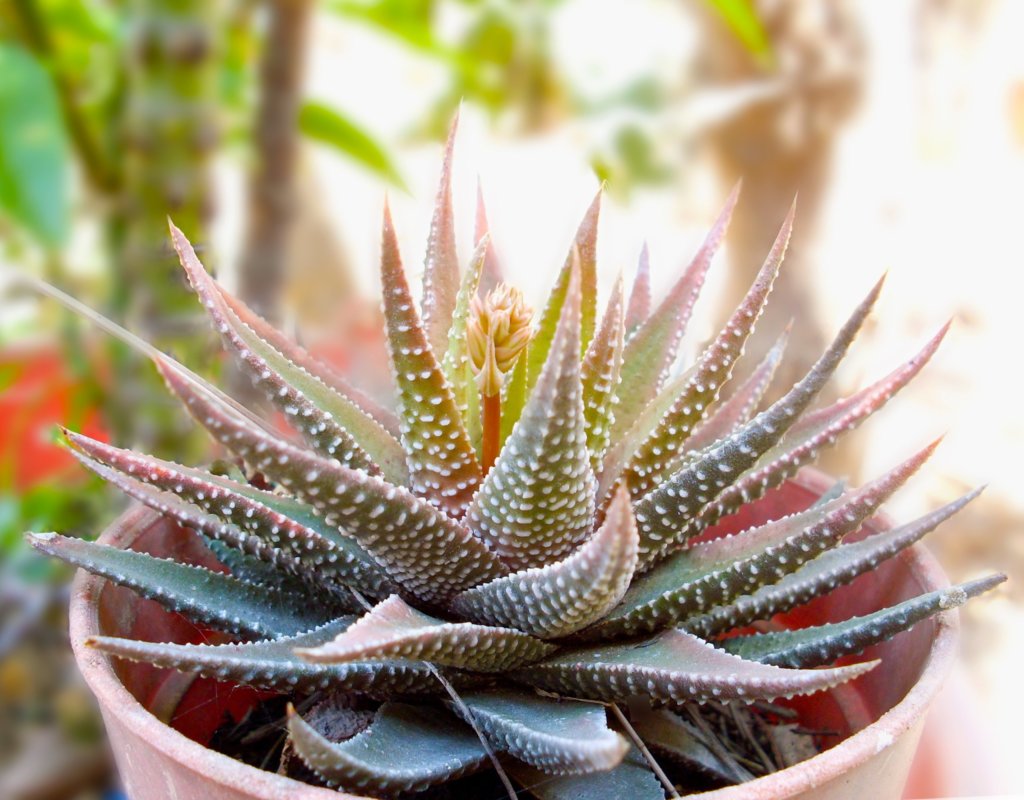
Sudden changes in light can stress or burn succulents. When first moving your plants outdoors or to a sunnier area, introduce them to sunlight in stages.
Start with just 1-2 hours of mild morning sun each day. Over one to three weeks, increase exposure by an hour every few days. Watch for white or brown patches on leaves, as these can be early signs of sunburn.
If you notice stress, pause or reduce sun time before continuing. Some varieties are more sensitive; always check care instructions for your specific species. Acclimating slowly helps your succulents build resistance to stronger sunlight.
Using Shade Cloths and Barriers
Shade cloths are materials that block a portion of direct sunlight. They can be draped over plants during the hottest part of the day to stop leaves from scorching.
Choose cloths with 30–50% shade rating to let enough light reach your succulents without causing burns. Set up frames, stakes, or existing garden features to hang the cloth above your plants.
Natural barriers, like taller plants, fences, or even umbrellas, can also give protection. Moving potted succulents behind other objects during peak sunlight hours is another simple solution. Using these tools will help prevent sunburn and keep succulents healthy in bright outdoor spaces.
Indoor Succulent Sunburn Prevention
Sunburn can damage indoor succulents when light is too intense or poorly managed. The right window exposure and thoughtful plant placement can help prevent succulent sunburn and keep your plants healthy.
Managing Window Exposure
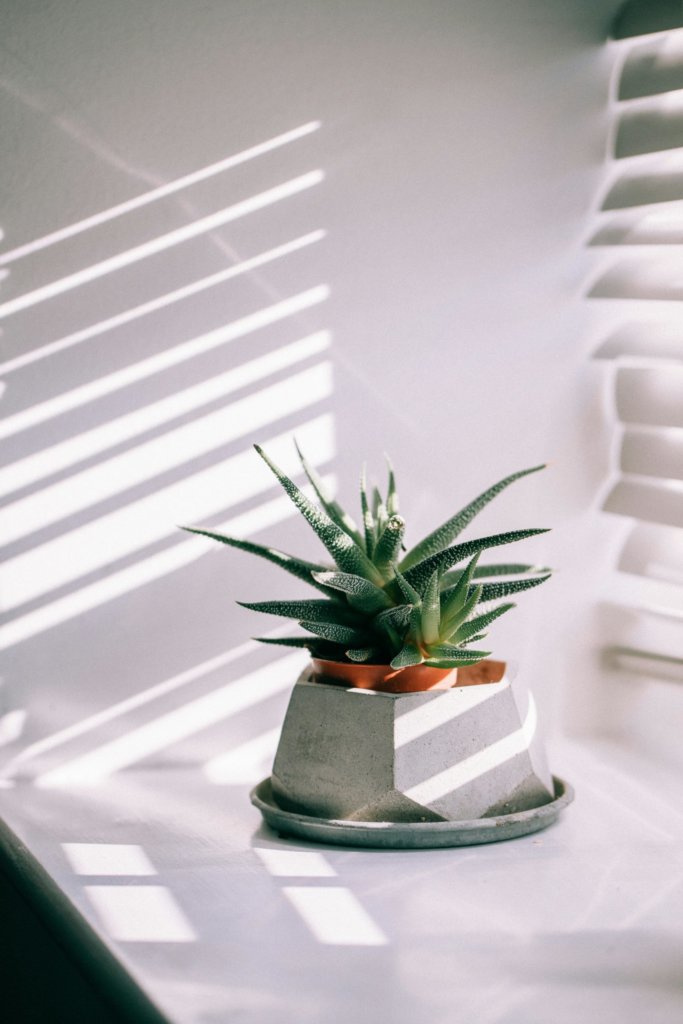
Sunlight coming through windows can be quite strong, especially in the summer or at midday. Glass does not block all harmful rays, so your succulents may get scorched if they stay in direct sun for hours.
Key tips to manage window exposure:
- Place sheer curtains or blinds to diffuse direct sunlight.
- Move plants a few inches back from sunny sills during peak hours.
- Rotate your plants every week, so all sides get balanced light.
If you see white or brown patches on leaves, this can be an early sign of sunburn. Adjust the amount of light right away. Remember, south-facing windows are usually the brightest, so take special care with those spots.
Care Tips for At-Risk and Sunburned Succulents
Succulent sunburn can cause permanent marks or stress, but with the right solutions, you can limit the damage and keep your plants healthy. Using proper watering, choosing sturdier types, and moving your succulents as needed helps prevent and manage sunburn.
Best Practices for Watering
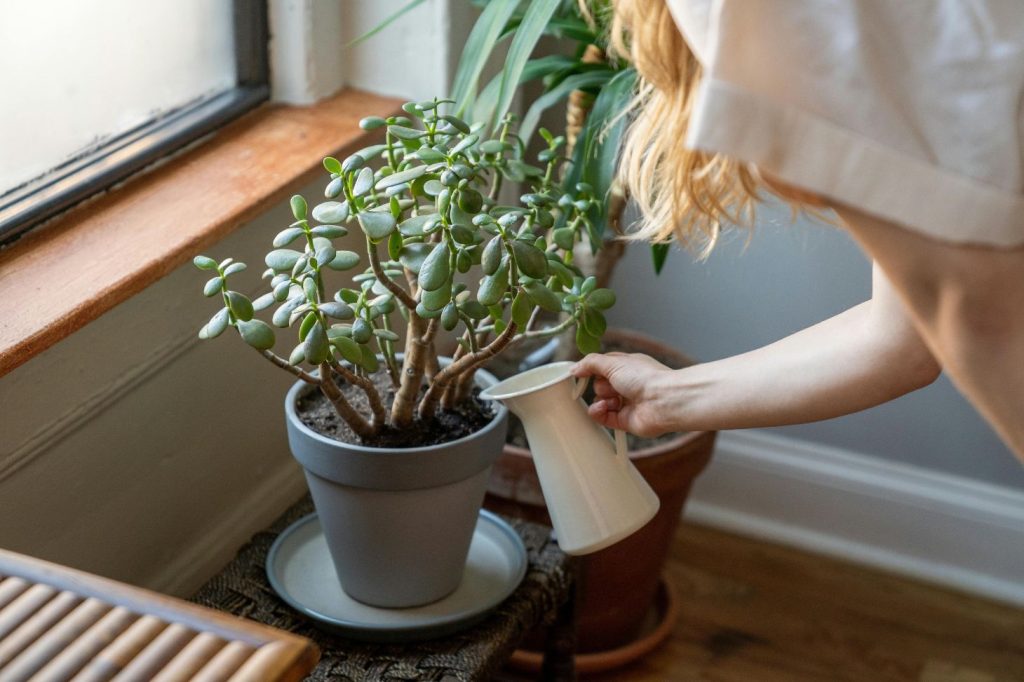
Proper watering is key for sunburned succulents. Water in the early morning or late afternoon so moisture reaches the roots but does not sit on leaves during peak sun.
Let the soil dry completely between waterings. Overwatering can make succulents weak and more vulnerable to sunburn and rot. A good guideline is to stick your finger into the soil, water only when it is dry at least 1 inch below the surface.
If your succulent shows sunburn, avoid watering too soon. Damaged spots may take time to heal, and excess water can stress the plant even more. Using a pot with drainage holes also helps prevent soggy soil.
Avoid misting: This can leave water droplets that act like tiny magnifying glasses, causing more burn.
Selecting Sun-Tolerant Varieties
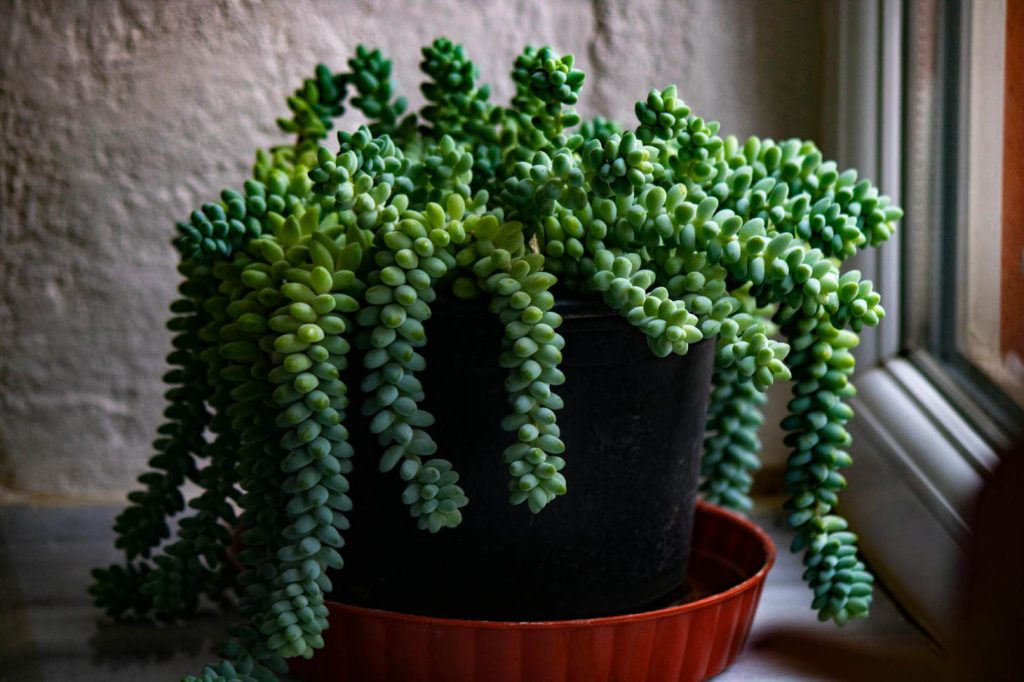
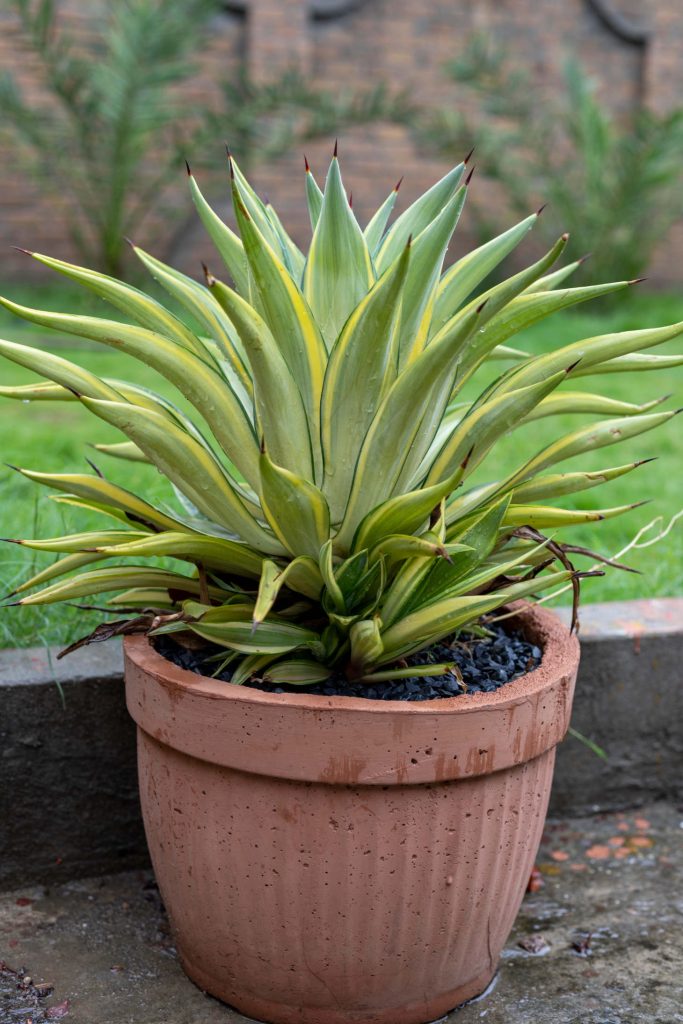
Some succulents handle strong sunlight better than others. If you live in a very bright location, choose varieties labeled as full-sun tolerant.
Good examples include Sedum, Agave, Aloe, and some types of Echeveria. These have thicker leaves or protective coatings, making them less likely to burn.
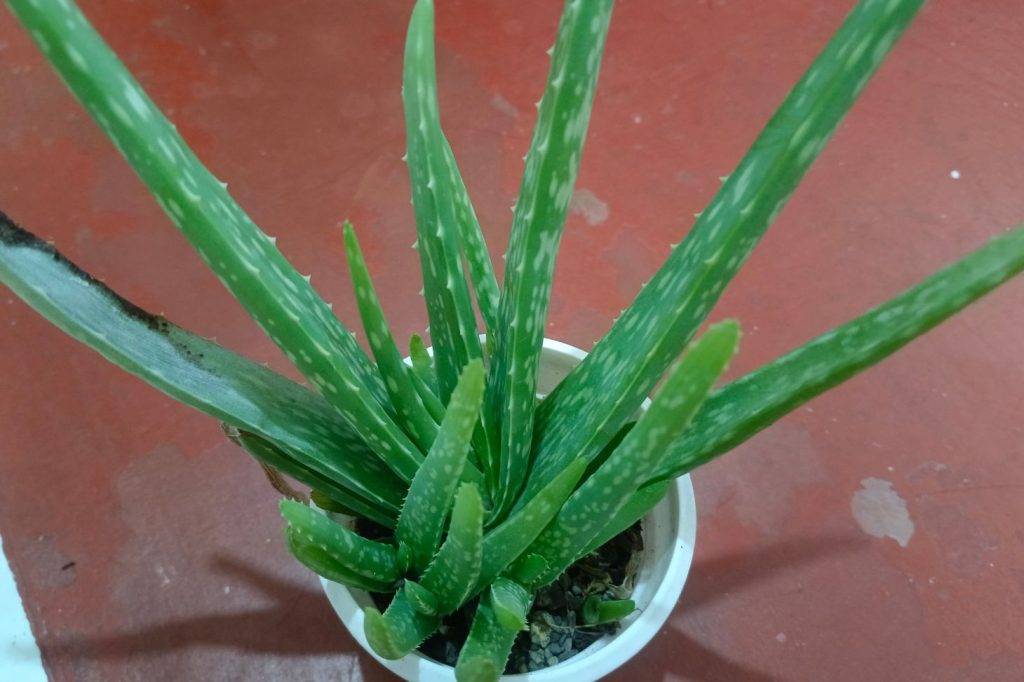
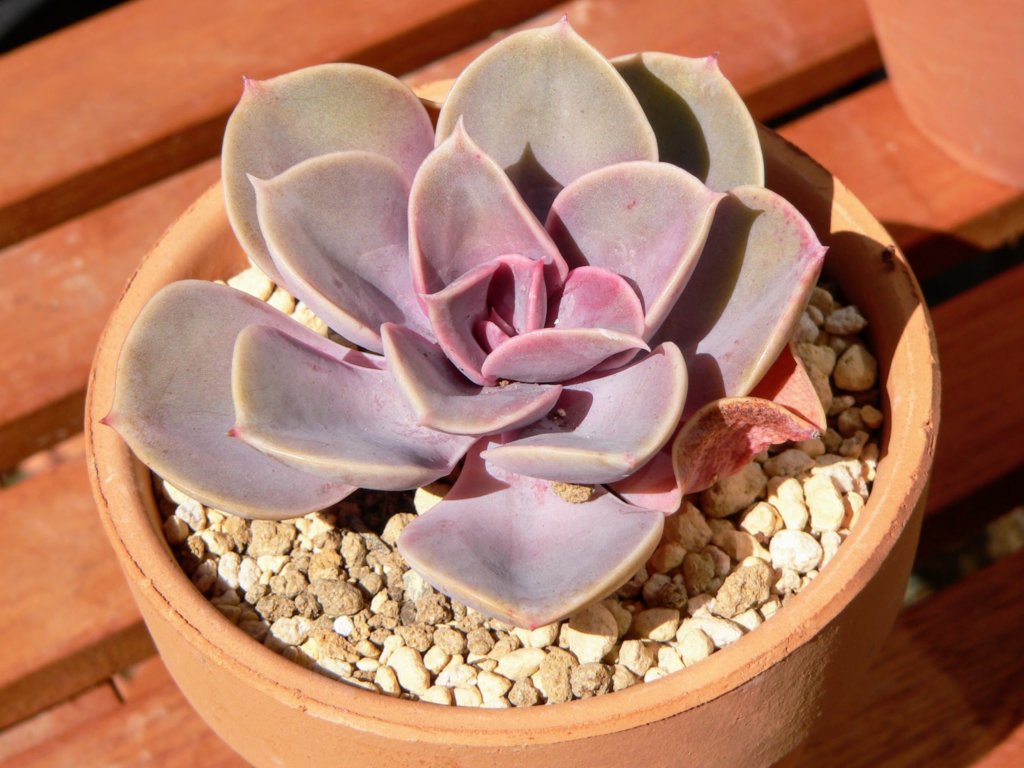
For beginner-friendly options, try planting a mix and watch which ones thrive in your setting. Keep new plants out of direct sun until they show signs of sturdy, well-colored growth. Use a table like the one below for quick reference:
| Variety | Sun Tolerance | Notes |
|---|---|---|
| Sedum | High | Needs little care |
| Agave | Very high | Can handle long, hot days |
| Aloe | High | Good for beginners |
| Echeveria | Moderate-High | Needs slow sun adjustment |

